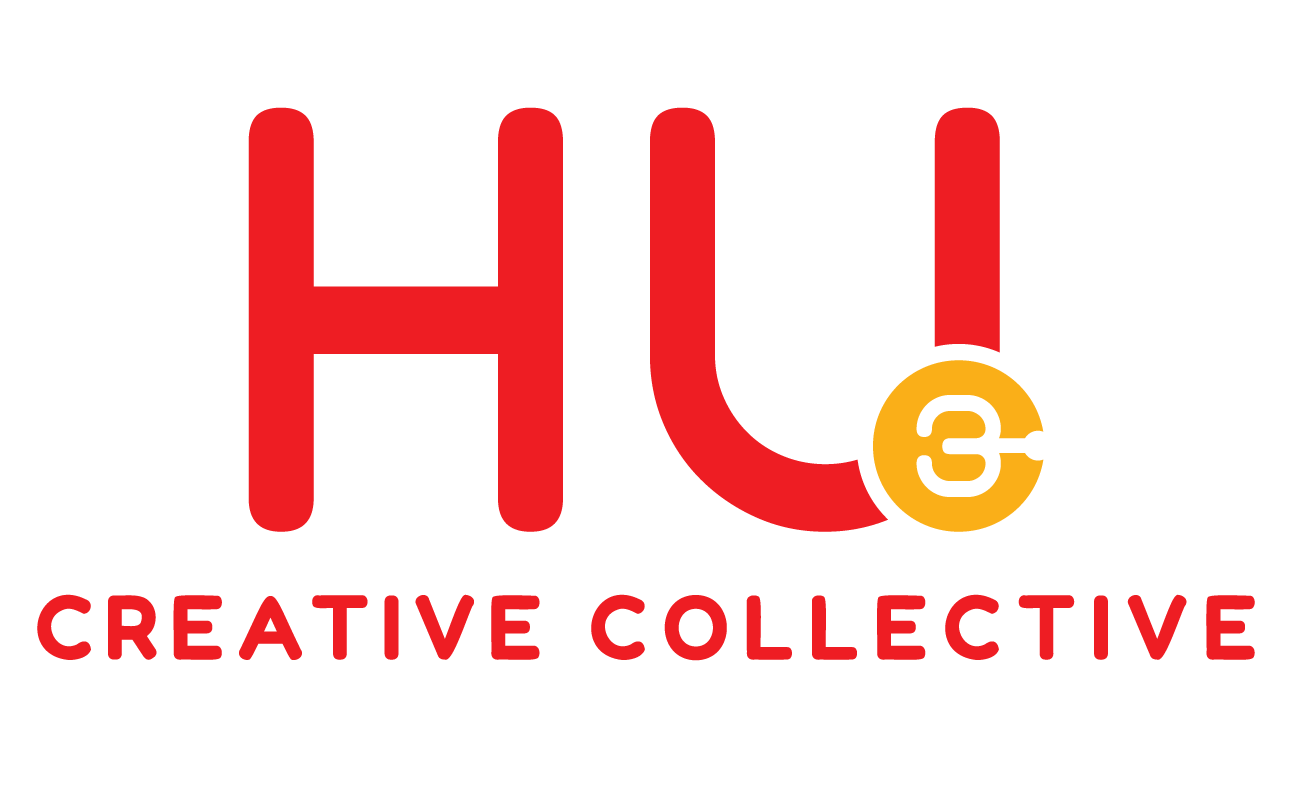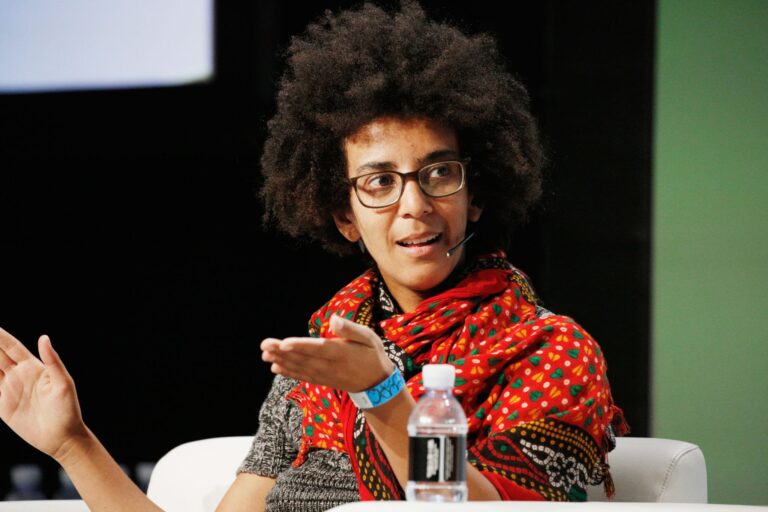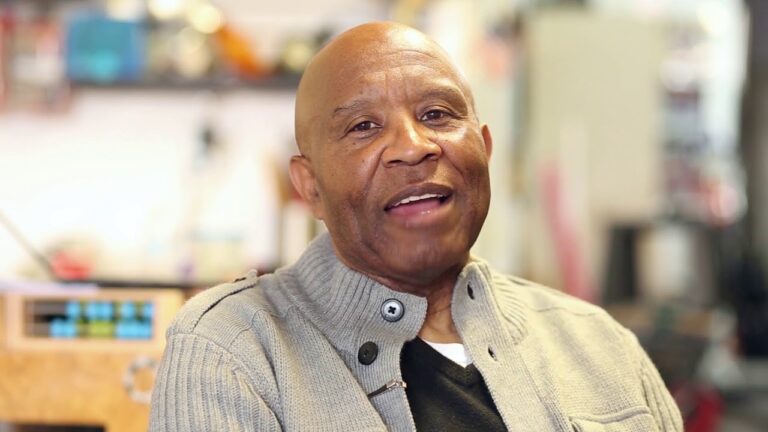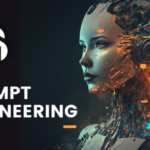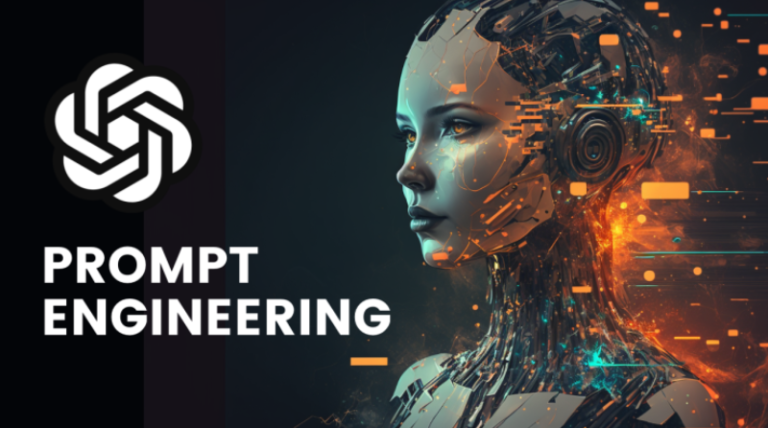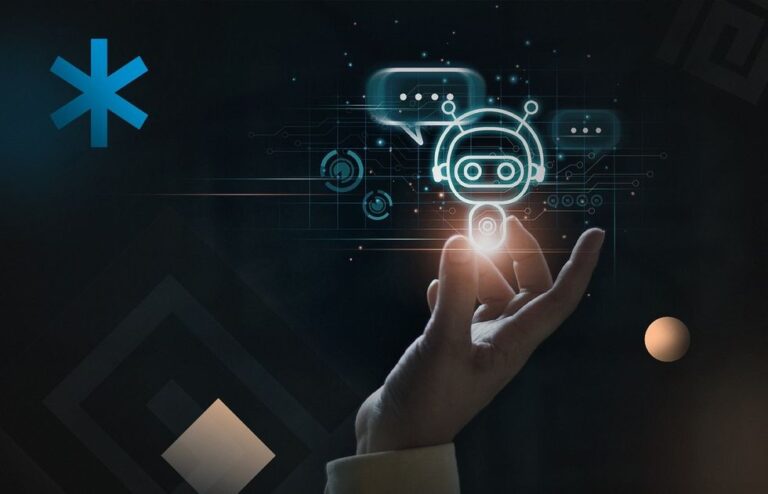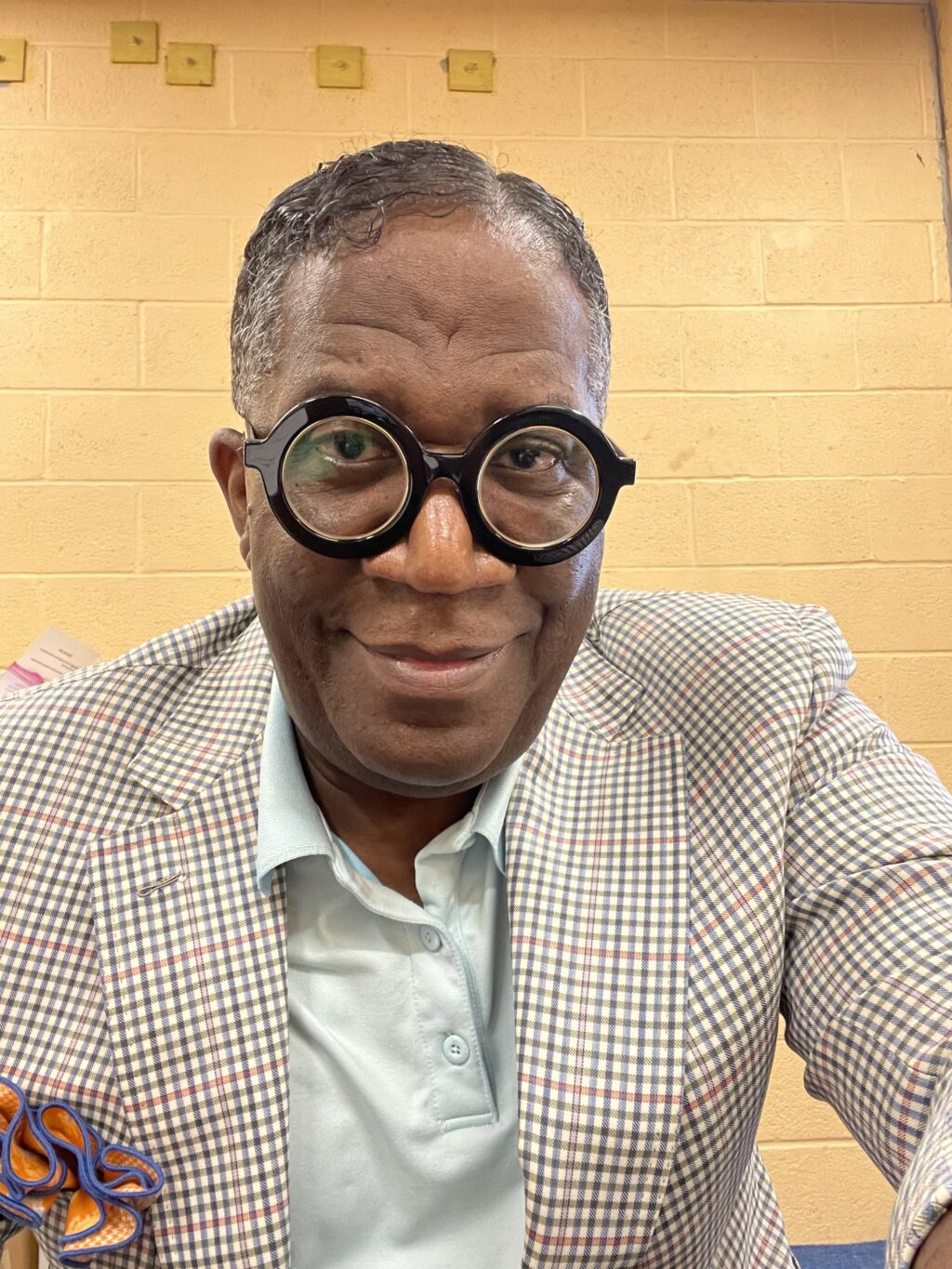
As the CEO of Pelican Fly, LLC and Principal Investigator of our recent pilot study, I am thrilled to share the transformative impact of 3D pen technology on special education at Hampden Elementary/Middle School. This initiative has not only ignited enthusiasm among students but has also demonstrated how innovative tools can profoundly enhance learning experiences for students with diverse needs.
Since 2018, our company has introduced 3D pen technology to over 5,500 Baltimore city school children. By analyzing some 52,000 hours of instruction and observing certain patterns that emerged, it became our belief that the tactile nature of 3D pen activities would be particularly beneficial for children with special needs because it engages their sense of touch and spatial awareness in a hands-on way. We have observed that manipulating the pen and molding the material provides immediate sensory feedback to every user, helping to improve fine motor skills, hand-eye coordination, and concentration. This direct, tactile interaction with the medium supports varied learning styles and, therefore, we now know that they can be especially effective for students who struggle with traditional, abstract forms of instruction.
Transformative Impact of 3D Pen Technology
Imagine walking into a classroom where creativity flows freely, and every student is deeply engaged in their learning. At Hampden Elementary/Middle School, this vision became a reality through our pilot study, which introduced 3D pen technology into special education. The results have been outstanding, showcasing how this cutting-edge tool can significantly impact students with disabilities.
In a nutshell, a 3D pen is a handheld device that extrudes heated plastic filament, allowing users to draw three-dimensional objects layer by layer. It works by melting the filament, which cools and solidifies quickly, enabling users to create and build intricate designs in 3D space.
Take, for example, Preston, who eagerly arrived at school early each day, excited to create detailed 3D models. His dedication to designing a 3D bus for a class project highlighted the profound effect that 3D pens can have on student engagement and creativity.
Study Overview and Implementation
Our pilot study aimed to explore how 3D pen technology could enhance student engagement, skill development, and academic performance for those with special needs. In collaboration with Baltimore City Public Schools, and Ikemba Educational Partners, we worked with 21 students who have Autism, Intellectual Disabilities, Other Health Impairments, and Specific Learning Disabilities. Over the course of four weeks, these students participated in hands-on sessions led by our 3DPenParty.com team.
The program began with demonstrations of the 3D pens’ versatility, followed by essential safety training and skill-building activities. Custom-designed templates guided students through projects, helping them develop fine motor skills, spatial reasoning, and creative expression. This adaptive approach catered to individual needs, gradually increasing project complexity and culminating in a transportation-themed showcase.
The positive impact was clear from student feedback. Daily “Exit Tickets” revealed high ratings for engagement and satisfaction, with comments like, “It was fun to be creative and make cool things,” underscoring the success of our program in delivering a rewarding learning experience.
Key Findings
Enhanced Engagement and Skill Development
The study highlighted significant improvements in student engagement and skill development. Traditionally, students in these classrooms required frequent breaks to maintain focus. However, with 3D pens, students remained deeply absorbed in their work. Teachers observed notable progress in fine motor skills, spatial reasoning, and task completion. For instance, Emily, who had struggled with traditional art, thrived in creating complex geometric shapes with the 3D pens, demonstrating enhanced spatial skills.
Therapeutic Benefits
The therapeutic benefits of 3D pen technology were especially notable for students with autism. Teachers and paraprofessionals reported reduced anxiety and improved focus during sessions. Jake, a student prone to sensory overload, showed calmness and sustained concentration while using the 3D pens, highlighting the technology’s potential as a therapeutic tool.
Boosting Confidence
The integration of 3D pens also significantly boosted student confidence and inclusivity. Sam, who had previously struggled with low self-esteem, gained recognition for her creative projects, such as custom-designed sunglasses. This positive attention greatly enhanced her self-confidence. Feedback from students emphasized how the 3D pen lessons fostered creativity and a sense of accomplishment, with comments like, “I get to make things I never made before.”
Academic Performance and Inclusivity
Our program promoted inclusivity and positively impacted academic performance. Educators noted that 3D pen technology supported diverse learning needs and benefited kinesthetic learners. Collaborative projects allowed students from various backgrounds to work together, enhancing their problem-solving skills and mutual learning.
Economic Implications
Local Impact
Integrating 3D pen technology into special education holds the potential to transform job prospects for students across the Baltimore region. By equipping students with skills in 3D design and manufacturing, we aim to break the cycle of low-skill, low-wage employment that often affects individuals with disabilities. This shift could boost the local economy by increasing students’ earning potential and reducing reliance on social services. Students who develop expertise in 3D pens could transition into skilled roles in local industries, such as manufacturing or digital arts.
Regional and National Impact
On a regional level, widespread adoption of 3D pen technology could lead to a more diverse and skilled workforce across the Mid-Atlantic. This could encourage partnerships between schools and businesses, enhancing job placement opportunities and fostering innovation. Nationally, integrating 3D pen technology in special education could contribute to a more inclusive economy by addressing the underrepresentation of people with disabilities in key STEM occupations. According to the U.S. Bureau of Labor Statistics, individuals with disabilities are significantly underrepresented in STEM fields, with only 3.2% working in computer and mathematical occupations, 1.7% in architecture and engineering, and 1.1% in science roles. Promoting STEM-focused programming like 3D Pen Party can help bridge this gap.
Comparative Futures
With Technology Integration
For students like Preston, who thrive with 3D pen technology, the future could involve careers in 3D modeling, design, or engineering. Continued support and access to advanced tools could lead to stable, well-paying jobs and break the cycle of poverty.
Without Technology Integration
Without such technology, Preston’s future might mirror that of many students with special needs, leading to low-skill, low-pay jobs. The lack of engaging tools could limit educational and career opportunities, perpetuating the cycle of poverty.
Ramifications of Wider Adoption
Expanding the use of 3D pen technology promotes educational equity by providing students with the tools to succeed in the modern economy. It contributes to workforce development by creating a more skilled and diverse workforce and supports economic growth by increasing productivity and innovation. Additionally, improving job prospects and financial stability enhances overall health and well-being.
Conclusion and Next Steps
The pilot study at Hampden Elementary School demonstrates that 3D pen technology can significantly enhance academic outcomes for students with diverse learning needs. The success of this program makes a compelling case for continued funding and expansion. Future research should explore the long-term impacts of 3D pen technology and how to scale it for broader use. By refining and expanding its implementation, educators can ensure that all students, especially those with disabilities, have opportunities to thrive in their educational and career pursuits.
As the CEO of Pelican Fly, LLC and Principal Investigator of this study, I am excited about the potential of 3D pen technology to transform special education. The success of Preston and his classmates at Hampden Elementary underscores the power of innovative educational tools. Our goal is to continue exploring and integrating new technologies, ensuring every student has the support they need to excel and participate fully in the 21st-century economy.
Student names in the article have been changed to pseudonyms.
